The treatment of children requires special knowledge from the osteopath. On this page you will find a basic explanation of the subject of paediatric osteopathy, show different areas of application, give information about what you can expect when you visit our practice and give an overview of the experience we have in this field.
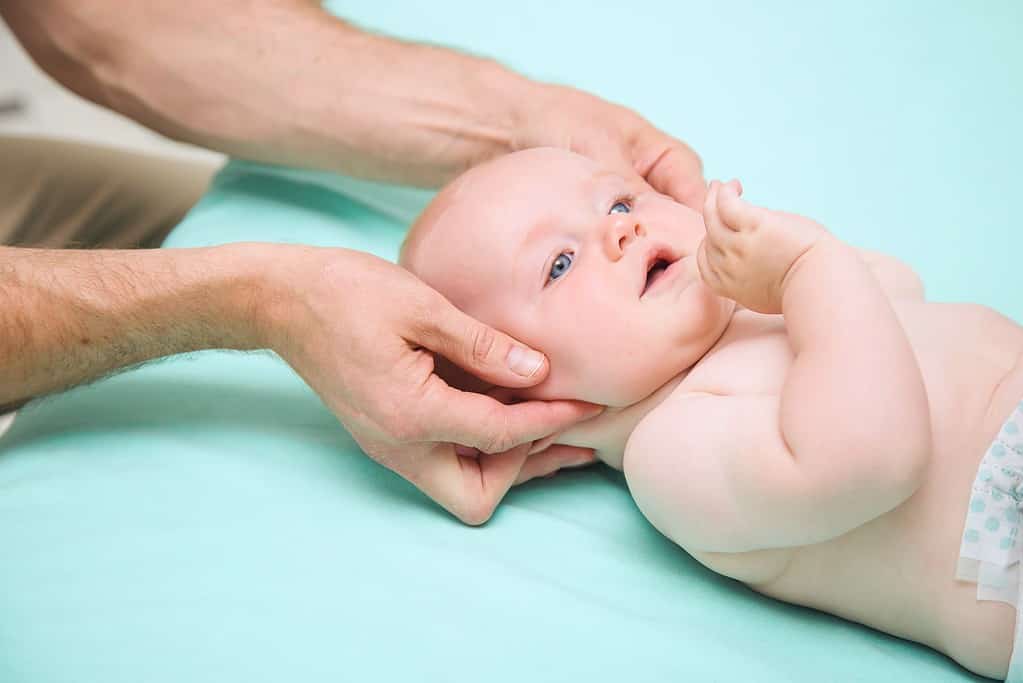

Paediatric osteopathy is the application of osteopathic principles, methods and approaches to newborns, infants and children. This early period is characterised by many different developments and essential time windows. Knowledge of these multi-layered dynamics in childhood are the basis for a successful application of osteopathic techniques and approaches.
People come to our practice for a general health check, to improve their well-being or on the advice of midwives, speech therapists or doctors, as well as for specific health conditions.
A comprehensive anamnesis (-> Wikipedia), which also includes the time of pregnancy and birth, an in-depth osteopathic examination and holistic gentle treatment of the child based on this.
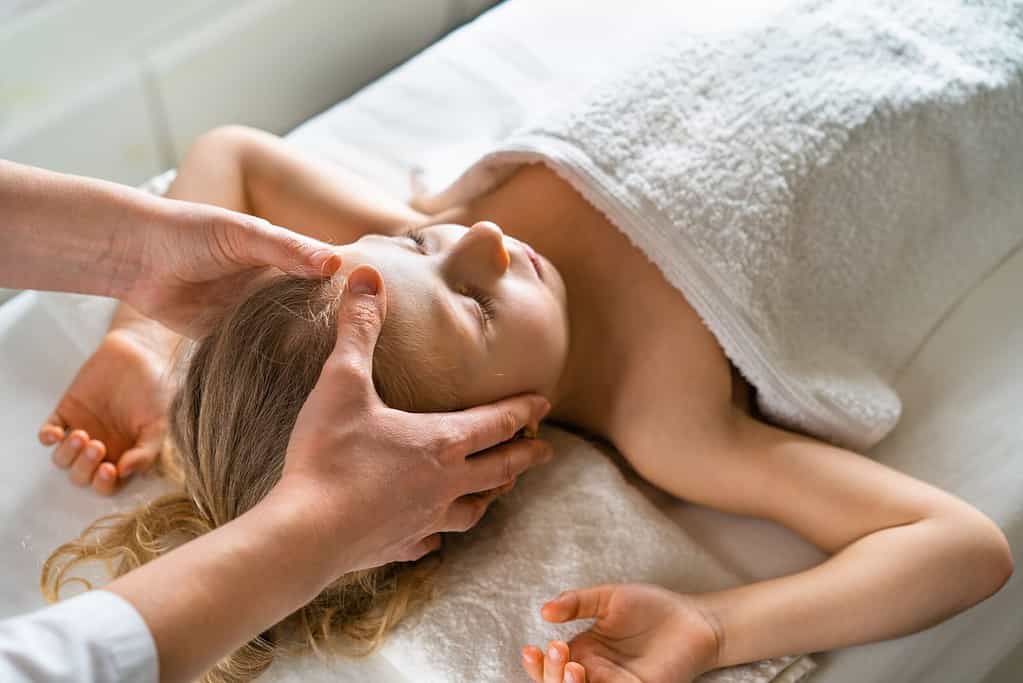
Parents come to the practice with their children for numerous reasons, e.g. asymmetries of the neck, head or spine, other musculoskeletal disorders, three-month colic, sucking and swallowing disorders, sleep disorders, recurrent ear, nose and throat infections, coughing, as well as pain, e.g. in the head or other parts of the body, learning disorders and behavioural problems, as well as to support growth, e.g. of the muscular system and jaw.
Osteopathic treatment aims to support and strengthen the pregnant woman in her well-being, to relieve or resolve possible pain, to support the development of the unborn child as best as possible and to prepare for birth, the latter e.g. to improve pelvic mobility or to promote a good birth position. The treatment is tailored to the needs in each trimester of pregnancy.
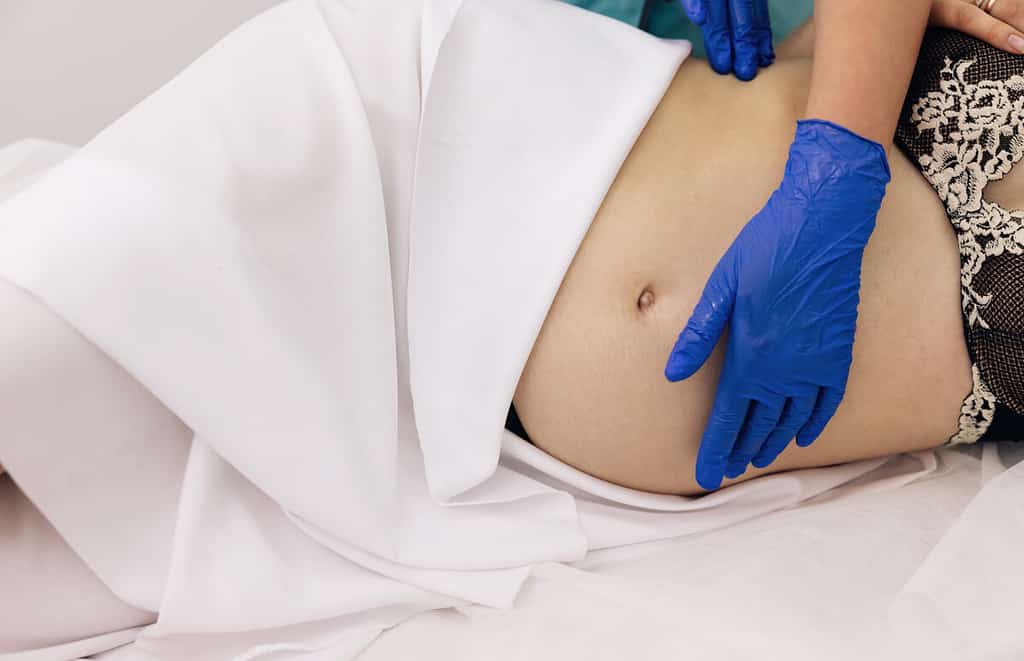
Torsten Liem founded a teaching clinic for the treatment of children in 2005, published three textbooks and numerous articles and studies on paediatric osteopathy. Liem is active internationally in teaching and publishes the latest findings in his health blog. In addition, Torsten Liem was commissioned in 2004 to develop the first European academic master's degree programme in paediatric osteopathy. He is also chairman of the European and German Society for Paediatric Osteopathy.
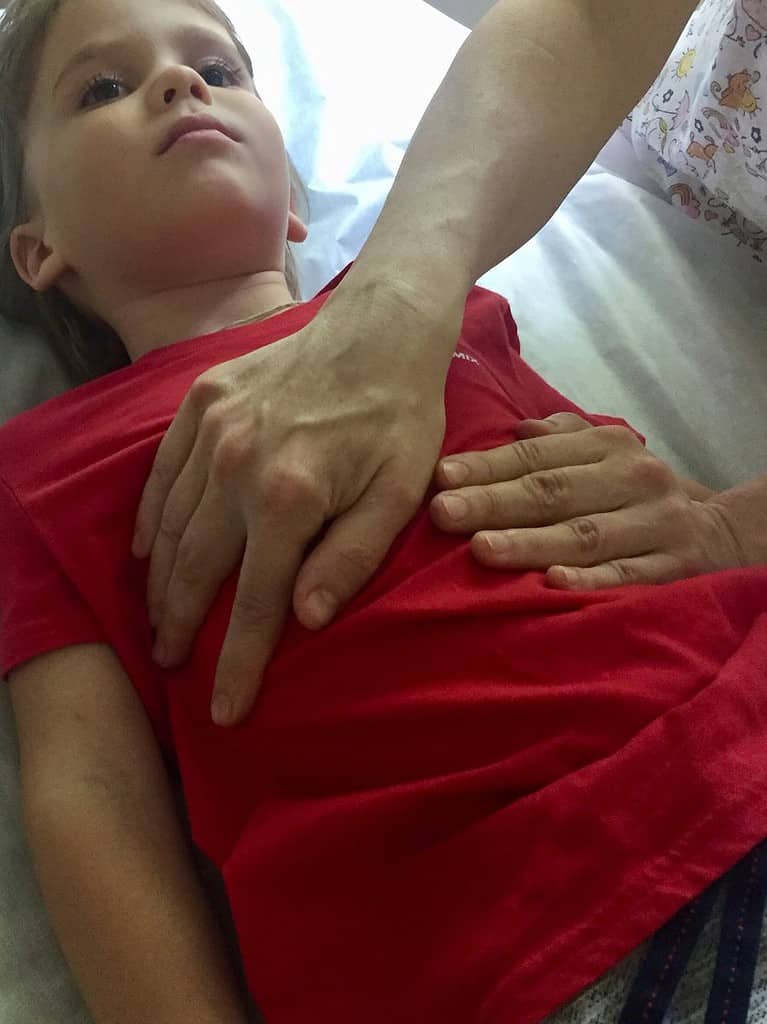
In principle, there are no differences in the treatment of adults and young children. However, newborns, infants and toddlers are very different from an adult. The events before, during and immediately after birth, the enormous dynamics in the development of the various tissues and organs, the physiological processes as well as the sensorimotor and emotional development in the first years of life require special diagnostic and therapeutic procedures, attention and training of the osteopath.
In order to be able to treat newborns, infants and toddlers in the best possible way, responsibly and competently, we have osteopaths working for us who undergo further training specifically in these areas following their osteopathic training.
Torsten Liem first developed academic courses in paediatric osteopathy for the University of Wales and published several textbooks and articles on paediatric osteopathy.
The first visit to an osteopathic practice is also the most time-consuming. In order to get a good picture of the condition of a young patient, not only present problems have to be recorded. On the contrary, important information comes from the past, such as events from pregnancy, birth and the first years. This is clearly proven by research results. The knowledge of this helps osteopaths to find connections that cause complaints today. Osteopathy tries to work holistically.
During the examination, depending on the child's age, the child is first observed standing, then walking, and then examined while sitting and lying down on the treatment table.
The first contact with the child's body takes place through the distant perception of its temperature. A change in temperature can already be felt at a distance of a few centimetres. Subsequently, the different tissue levels of skin, connective tissue, organ, muscles or bones are felt through gentle touch. Healthy tissue shows good blood circulation, which is reflected in a characteristic soft quality.
Through the reaction of the tissue to the gentle pressure alone, osteopaths gain a great deal of information about the supply of nutrients to the tissues, the healthy function of the nerves, appropriate purification or drainage via the lymphatic system and the veins. Mobility tests are carried out on joints or fasciae.
Every tissue, bones, organs, muscles should have good mobility, elasticity and self-movement, which osteopaths try to find through their hands. The movement of the tissue itself is also examined. Osteopathy works with several rhythms, not only with heartbeat and respiration. By examining these qualities, osteopaths try to obtain information about the body's self-regulatory forces and possible stresses.
All information from the anamnesis, the inspection, examination and the osteopathic specific touches point the direction in which the subsequent treatment will then lead. The stresses within the family are also essential, as well as possible indications for nutritional suggestions or detoxification therapies.
We know from modern neurology that the thoughts and behaviour of the people around us are reflected in us. In relation to the family, research findings on mirror neurons, for example, explain a generally known fact: children are only as well off as their parents are. If the parents are stressed, the children also become nervous. This already begins in pregnancy and also shows in childhood. A family always forms a unit and is treated as such in osteopathy. This has different consequences for the individual phases in the child's development. Osteopathic child therapists therefore always keep an eye on the condition of the parents.
If blockages are found in the body, an attempt is made to understand whether these are due to falls, scars or illnesses, or due to nutrient deficiencies or emotional reasons. The next step is to identificate individual structures that have restricted mobility or restricted body rhythms. Treatment can then be passive, for example, by moving tissues into a relaxing position to obtain better blood circulation. Or it may require active techniques, such as gentle mobilisation techniques.
It is also important for osteopaths that the disorders can usually originate far away from the regions that show symptoms. For example, an appendicitis scar can cause tension in the cervical spine through fascia, which manifests itself in headaches. Although locally, mobility restrictions of the cranial bones or the neck region could be solved, in the long run it might make more sense to treat the scar as well, if this is possible. The osteopath's hands are guided by the tissue. Osteopaths devote many years to training this sensitivity. Therefore, the experience of an osteopath is essential in order to identify, understand and treat appropriately the many possible relationships.
It is essential for a competent osteopath to have a good knowledge of the individual biological, neurological and psychological developmental stages of a child.
Osteopaths treat, for example, breastfeeding problems, sleeping problems, torticollis, digestive problems, swallowing problems, phonetic disorders, concentration or learning disorders, allergies, recurrent ear infections and much more. It is also essential to be able to assess the limits of osteopathic treatment and to be connected in a good network with other therapists, such as paediatricians, orthopaedists, speech therapists, physiotherapists and occupational therapists.
With my blog I would like to make the field of holistic health consisting of expert knowledge and practical insights on MIND, BODY and LIFESTYLE accessible to the general public.
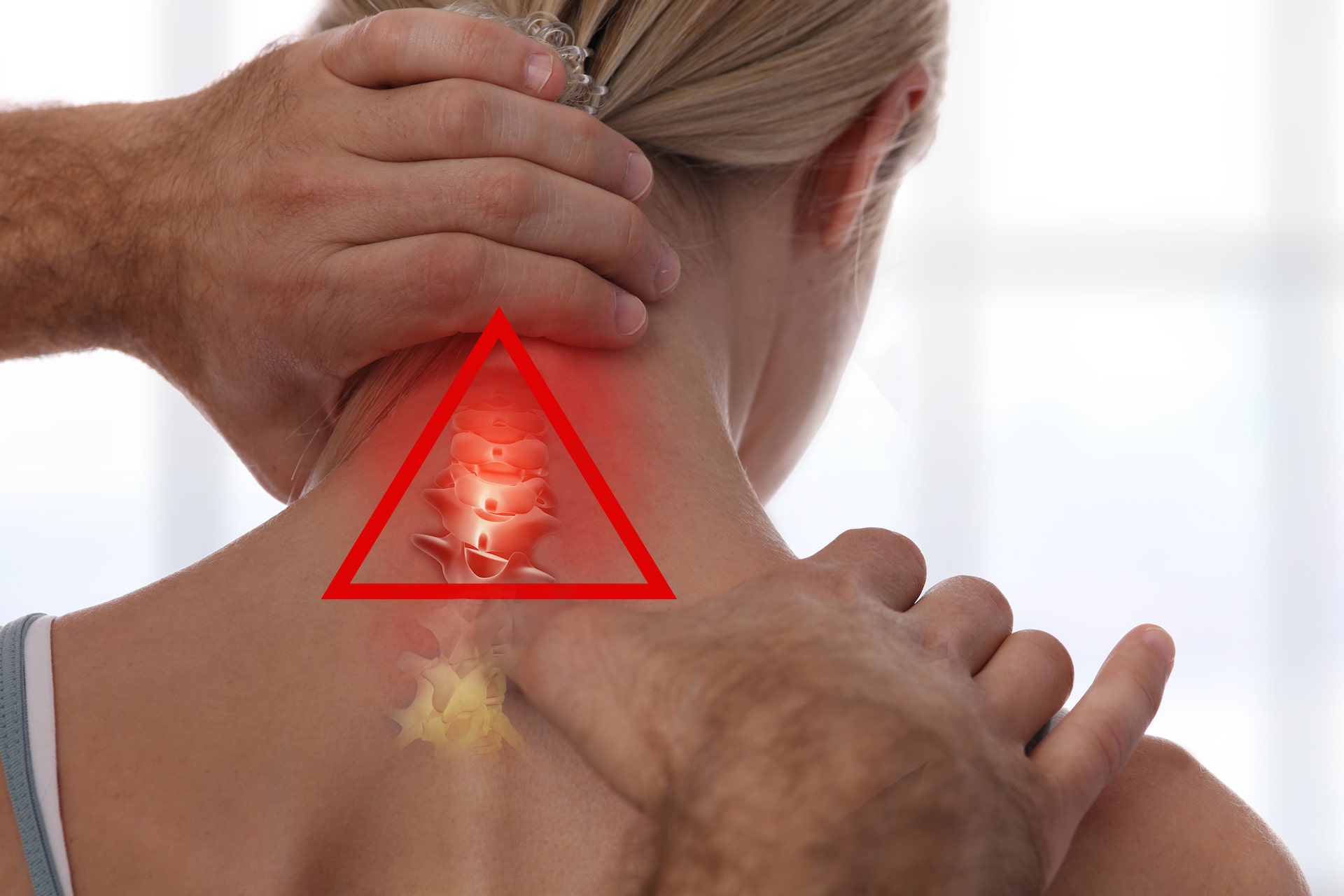
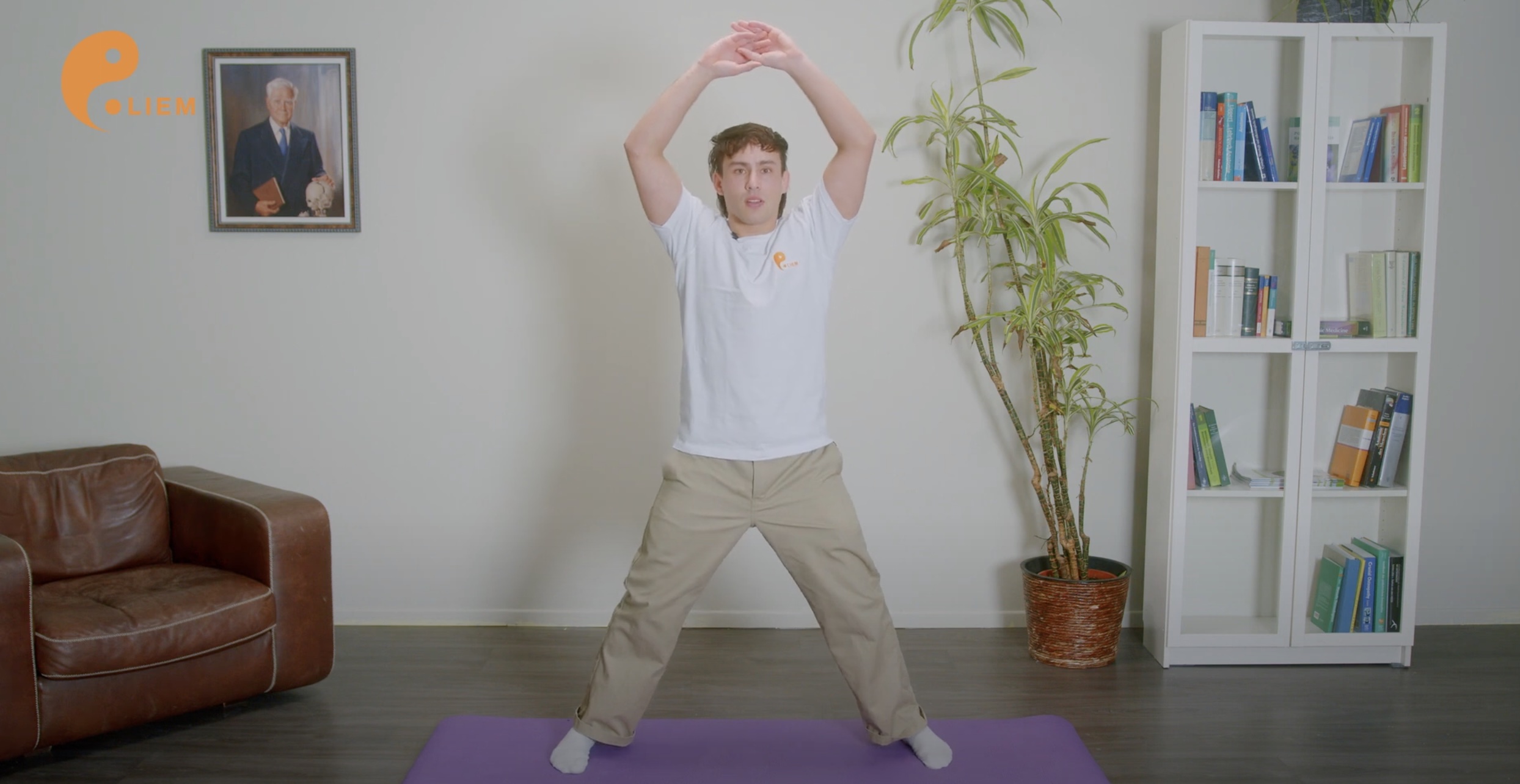
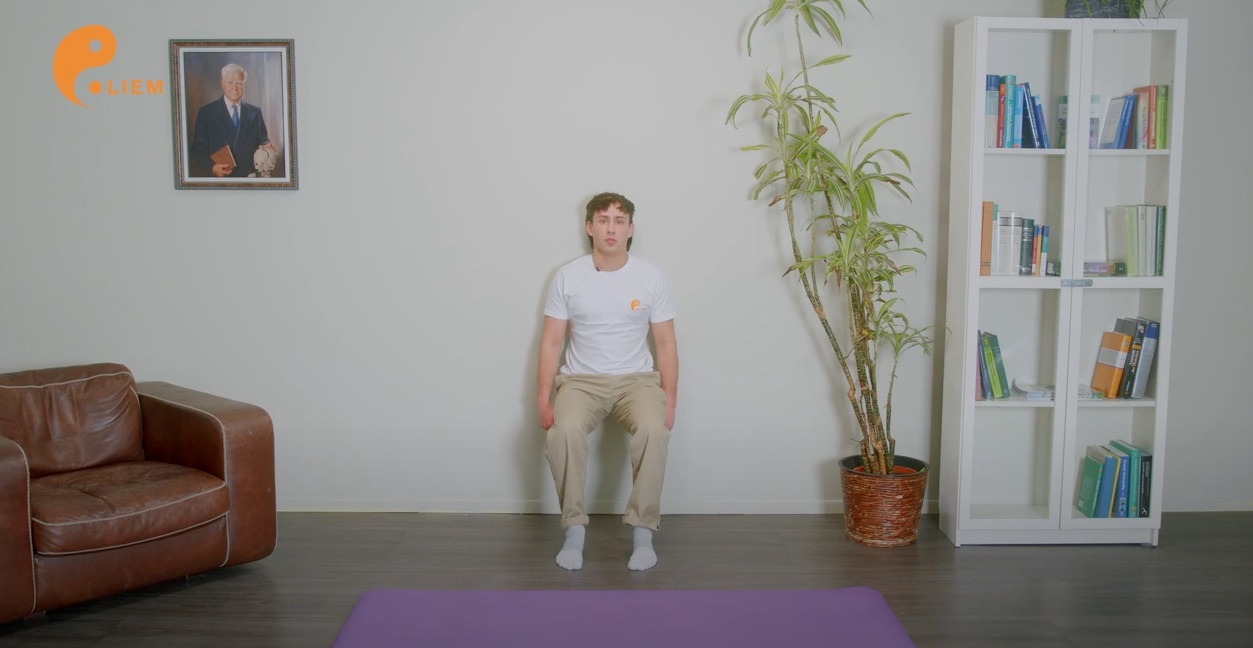
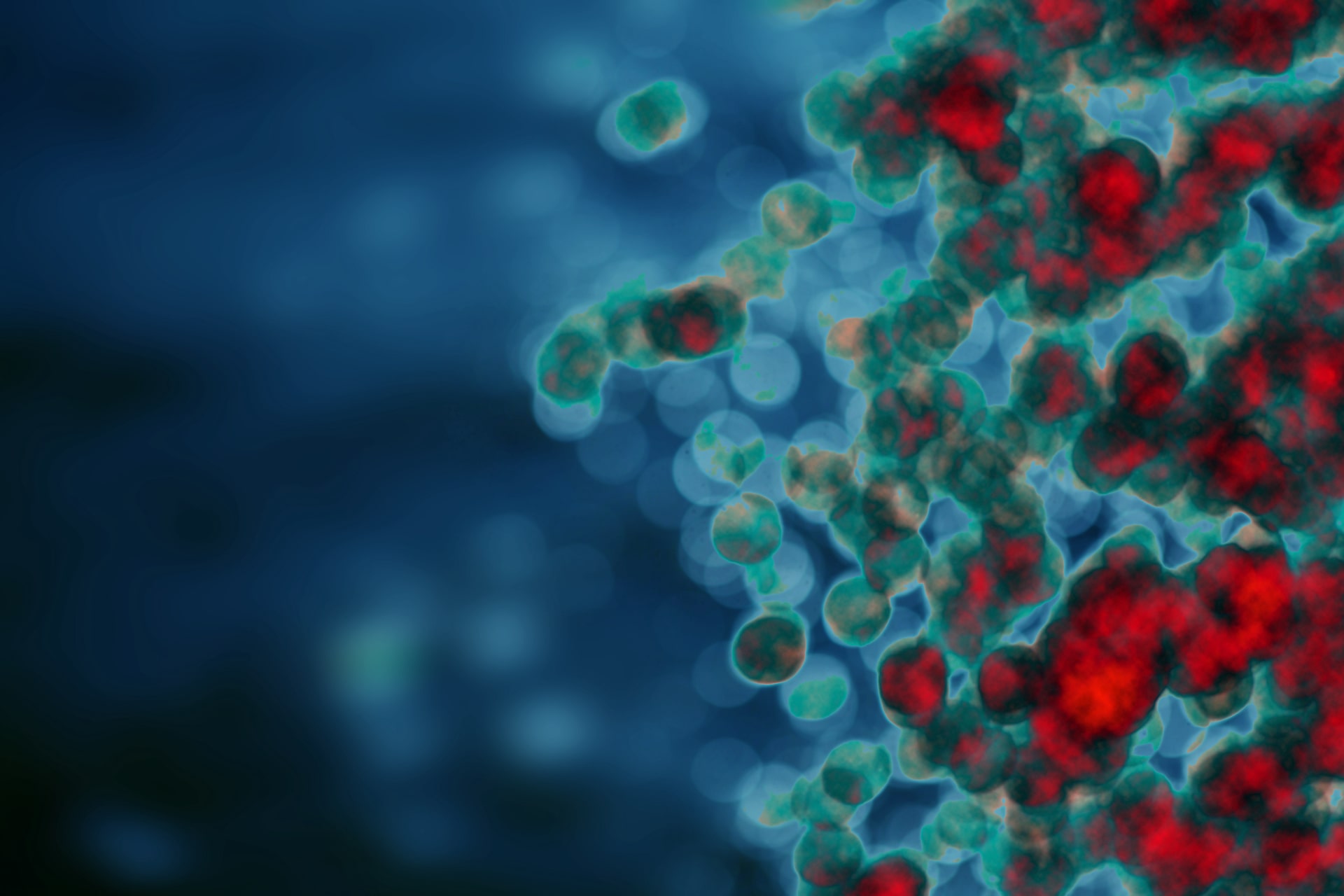
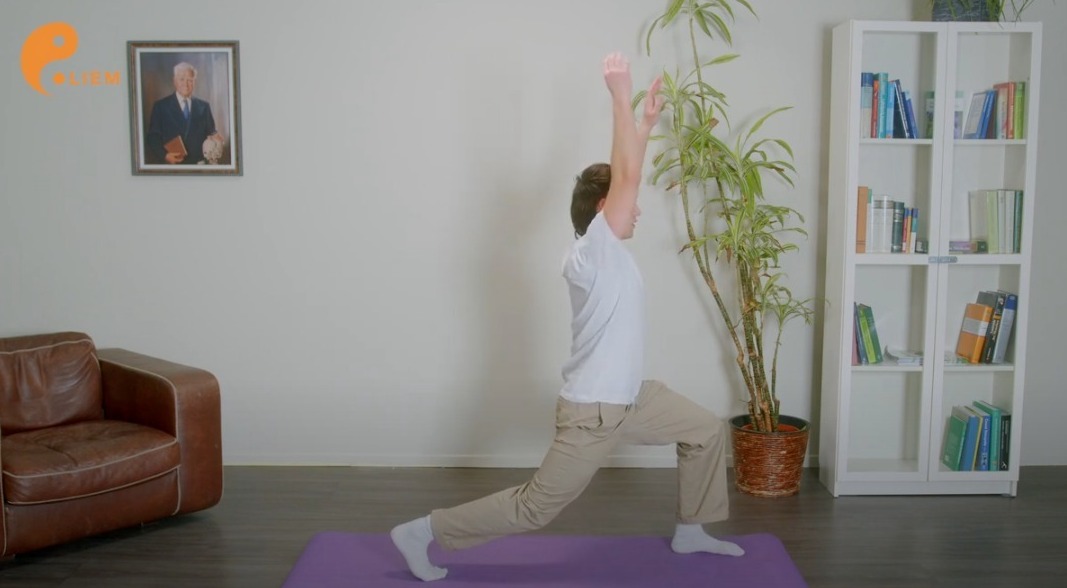
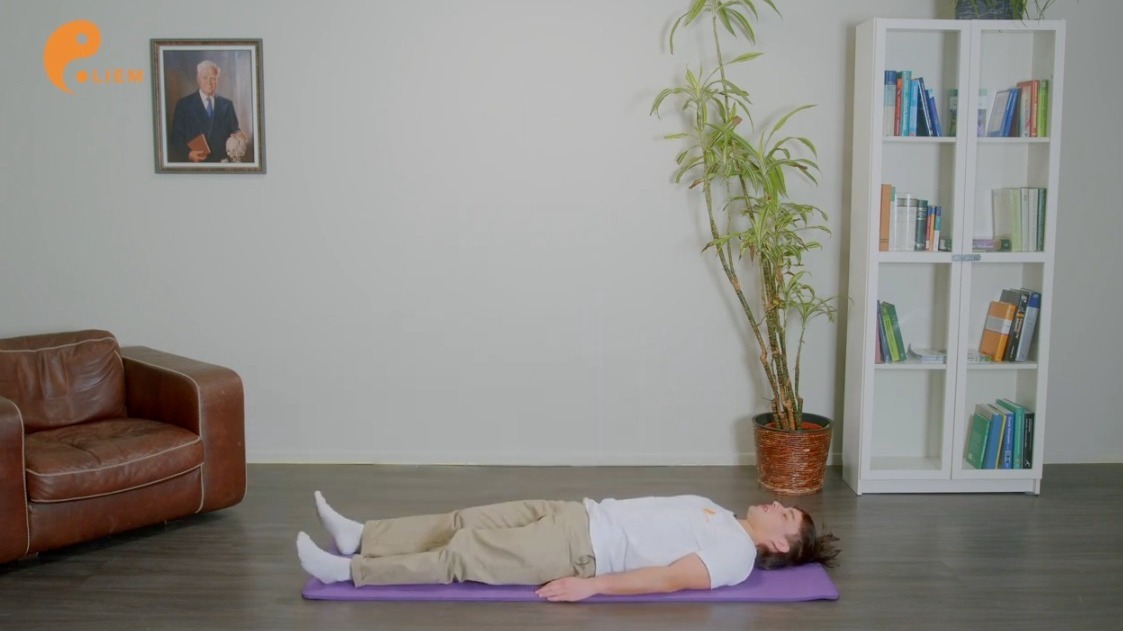
Liem Osteopathy Centre
Frahmredder 16
22393 Hamburg